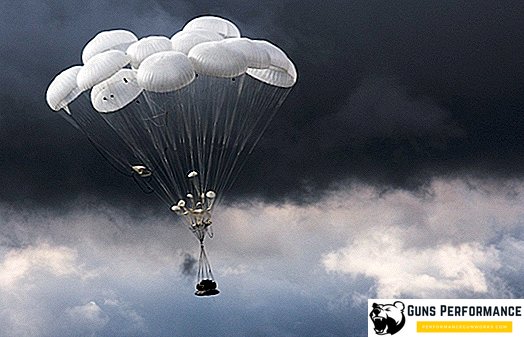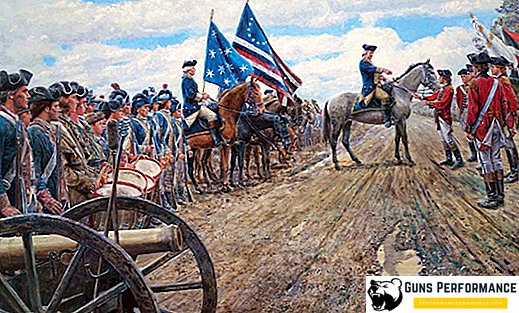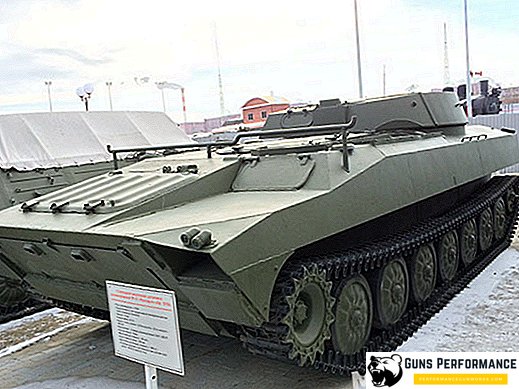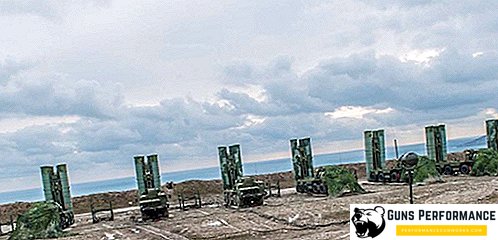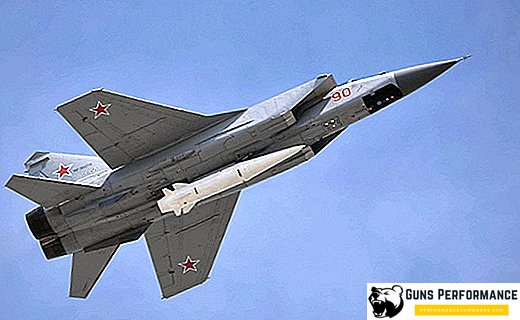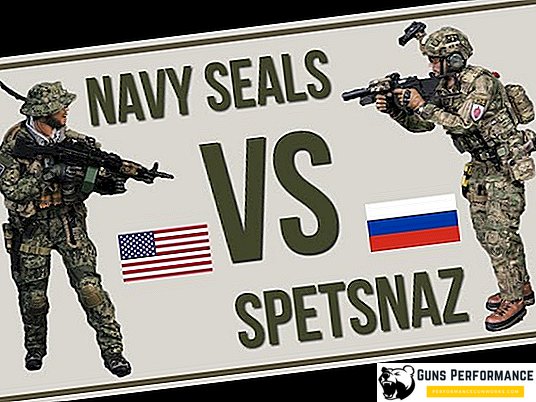
A mace is a type of short-rifle edged weapon of shock-crushing action, consisting of a wooden or metal handle (rod) and a spherical top (head), which can be smooth or studded with spikes.
Mace is one of the most ancient types of cold arms, the direct heir of the club, which man began to use in the Stone Age. It became widespread in the late Middle Ages, which was due to the excellent "armor-piercing" qualities of these weapons. The mace was perfect for breaking through heavy armor.
It is believed that the mace (as well as the club) was the favorite weapon of European soldiers from various religious orders. The reason was simple: the mace could hit the enemy without shedding his blood, that is, without inflicting open wounds.

An amazing metamorphosis happened with the attitude to this weapon. If at the time of Antiquity it was treated as the despicable weapon of the barbarians, then starting from about the XVII century, the mace becomes a recognized symbol of the power and high position of the commander. The clubs were worn by Ukrainian and Polish hetmans, Turkish pasha, and in the 20th century it became a distinction between Polish Marshals and a symbol of the power of the president of Ukraine.
The mace, as, indeed, most other types of cold weapons, is widely represented in the legends and myths of various peoples of the world. Among the Celts, she symbolized Dagda, one of the main deities of the Celtic pantheon, the sovereign of life and death. In Christianity, the mace personified the betrayal of Christ and Judas. The mace was an attribute of the Greek hero Hercules and the muse Melpomena. In the Semitic tradition, a mace is a symbol of the deities of Baal and Ninurta. Often the mace personifies the phallus and male sexual power.
Description of club and its classification
A mace is an extremely simple weapon. As mentioned above, it consists of two parts: a handle and a topping (head). There were also solid clubs cut from one piece of wood. However, such a wooden mace can hardly boast of high efficiency.

Usually the size of a mace ranged from 50 to 80 cm, and the weight - from one to two kilograms. Although, some sources claim that the weight of some moronsterns could reach four kilograms. Known one-handed and two-handed versions of the mace, the latter, as a rule, had a larger size and weight.
The handle (or rod) of the maces was usually made of wood, sometimes it was bound with iron. Less often the handle was made of metal.
At the upper end of the mace its shock part was fixed — the head (or pommel), which most often had a round or spherical shape. It was originally made of stone. Similar products in large quantities were found by archeologists in the most diverse regions of the planet: in Europe, Asia, and Central America. They are very different in size and shape: the traditional spherical tips, pear-shaped or lenticular heads are known. Later the shock part of the mace began to be made of metal.

To increase the penetrating power of the weapon, the tops were often made with protruding faces or spikes. Such elements are especially needed for breaking through solid armor. The weight of the apples of one-handed mace could range from 60 to 800 grams, but usually it ranged within 200-400 grams. As a rule, the top had the size of an average mandarin. So, contrary to common myths, the mace was not a very heavy and massive weapon, it was used by both horse and foot soldiers for delivering accented and precise strikes. Cavalry maces were usually somewhat larger and heavier than the weapons used by foot soldiers.
Sometimes the pommel made hollow inside, and then filled with lead shot or small stones. Such a construction not only made the mace cheaper, but also partially extinguished the recoil and intensified the blow. Such weapons were very popular in Kievan Rus.
There were two main ways of fastening the pommel to the handle. The first was the simplest and most common: the handle was simply inserted into the eyelet made in the head. After that, a wedge was driven into the upper part of the handle. The most likely place for the breakage of the handle was the area immediately below the bottom hole of the eyelet, so the apple (if it was made of copper or bronze) was often cast with a small sleeve going down.

The second method of attachment was more difficult. The head was put on a special cone-shaped pin, which then riveted over the top hole of the eyelet. The tube was welded to the lower part of the pin, which was then put on the handle.
To the bottom of the handle often attached lanyard.
Forms of heads differed a huge variety. In addition to traditional spherical ridges, biconical, polygonal, barrel-shaped, as well as vertically flattened combat units are known. They were made in the form of polyhedra consisting of several large thorns, and there are also top pieces in the form of a lemon or a ball with strongly protruding lobes. The warheads of some Mongolian maces had a long spike on one side, which turned them into a kind of war hammer. The shape of the head differed depending on the locality where it was made, from the historical period, and also from the particular master who made the weapon.

The classification of clubs is somewhat confusing and controversial. Some authors refer to them and clubs - percussion weapons, which is a wooden stick with a massive thickening at the end, which is often iron bound. In this case, the maces can be divided into two large groups:
- Simple. These include clubs and other types of solid wood maces;
- Compound. This group includes weapons, the handle of which was made of one material, and the pommel of another. Composite maces appeared later than simple wooden ones, their production was much more laborious. Such maces are becoming widespread with the advent of heavy armor, their further evolution has led to the emergence of several types of these weapons.
Types of composite mace:
- First A mace that had a complex composite pommel, which consisted of several metal plates of triangular or wedge-shaped. They were located parallel to the handle. Such a construction of the pommel was much better suited for penetration of armor, since now the entire impact force fell on a much smaller area;
- Shestoper. One of the varieties of the starter, which got its name for the number of plates (feathers) used in the design. There were six of them. Shestoper was very popular in Muscovy, Lithuania, Poland, Hungary and Ukraine;
- Multi-Blade Mace. This type of mace had a large number of blades (feathers), they could be of various shapes. Similar weapons have been known since the Stone Age, but they were most prevalent in the late Middle Ages;
- Buzdykhan. This type of mace is very similar to a shestoper, but additional protrusions or spikes were added to the plates. In Europe, these weapons came from the Ottoman Empire, was distributed in Transnistria, Bukovina and in the Carpathian region;
- Morgenstern. Rather, it is not the name of a mace, but the name of the very specific type of head, with long and sharp spikes. Morgenstern could be used as a regular pommel, or it could be connected to the handle movably, with the help of a belt or chain;
- Movable design. Such maces consisted of a handle and a load attached to it with a belt or chain. Such weapons are not always referred to as maces; at present, disputes continue over its origin and classification. Often they are carried into a separate group of cold arms, along with a battle flail and brush;
- Ceremonial Mace. After the mace lost its practical combat significance, it became a symbol of state and military power. In the manufacture of such weapons most attention was paid to appearance, it was decorated with gold and precious stones. Especially beautiful are the imperial maces of the Italian and German masters. As an attribute of power, maces were used in Turkey, Russia, Poland and Ukraine. Currently, the mace is a symbol of state power of the Ukrainian president, he gets it during the inauguration.

A little bit about using mace
Mace can be called a typical power weapon, which is much more suited to the healthy, albeit not too sophisticated in the martial arts. Although, contrary to popular belief, the mace was not a heavy and unwieldy weapon.
After the appearance of plate armor, the mace became a good alternative to the sword, because it could much better hit an enemy clad in iron. Especially good was the mace against the chain mail, which does not protect against the blows of these weapons at all.

Before the bladed weapon the mace has several significant advantages. First, the mace (like the hammer) never got stuck in enemy armor or shield, which very often happened with a sword or spear. With the help of a mace it was possible to deprive the enemy of the shield altogether, striking him several hard blows. In this case, either the shield was broken, or its owner received a fracture of a limb. You can also add that the blows of the mace almost never slip.
Secondly, you can learn to use a mace much faster than a sword. In addition, this weapon is relatively cheap and almost "unkillable." The mace has a significant advantage in comparison with the war hammer: the enemy can be beaten by either side of the weapon, which means that before striking it is not necessary to turn it in your hand. True, hammer penetration power is much higher.

However, the club had significant drawbacks that seriously limited the use of these weapons. Mace is poorly suited for defensive actions, it is extremely difficult to repel blows of enemy weapons. Firstly, it is quite heavy, and secondly, the enemy blade almost always slides off the handle and hits the hands of the fighter. So without a shield the fate of the owner of the mace was usually short and sad. This weapon is not very well suited for long-range strikes; in this case, the weight and balance of the mace threatened the fighter with loss of balance.
Also, the mace was not very well suited for use in a closed formation, since a decent swing is needed to deliver strikes with these weapons.



